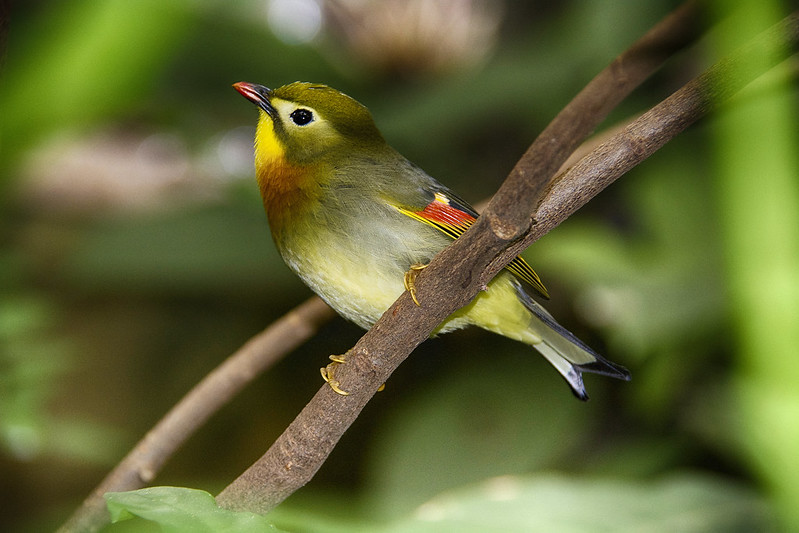
Even in this strange time where we have to stay home, some of us are lucky enough to watch a fantastic migratory bird in their backyard, the Redwing -thread 👇 & more details in @AvesBE blog in FR (📷C Farinelle) #ornithology blog.aves.be/aves/2020/4/5/… 

Redwing breeding range extends from NW Europe E to the Kolyma river bassin: 60% of the world population breed in Asia but almost all the population is wintering in WP, so Kolyma birds have to fly at least 6500km to reach nearest Caspian wintering grounds
datazone.birdlife.org/species/factsh…
datazone.birdlife.org/species/factsh…

Redwings, like other tree fruit foragers, are rather nomadic in winter. And they can shift completely their destination from one winter to the next. Some birds ringed in winter in Belgium were recovered as far as the Caucasus in a subsequent winter source: odnature.naturalsciences.be/bebirds/fr/rin… 

Contrary to many migrants, Redwing are frequently seen foraging inside dense woodland, especially during their spring migration. About 30% of foraging Redwing in S Belgium in March are seen in deciduous forest /data from @observado mixed with "Ecotope" from @LifeWatch_WB 

One of the attractive feature of our woodlands in this time of year is probably the Common Ivy, rich in berries even in early spring. It is always wonderful to find a group of these elegant passerines hiding in evergreen vines.
📷Tony Sutton cc-by-nd
📷Tony Sutton cc-by-nd

These redwing groups are quite noisy, performing a form of strange chorus song, bringing us some flavours of boreal forest in our temperate part of Europe. There are several examples of these chorus in @xenocanto , check this one from Germany: xeno-canto.org/485862
Maybe there is still a chance for you to see some Redwing even from your balcony as they are heading North, check the situation live on #EuroBirdportal - anyway stay safe! eurobirdportal.org/ebp/en/#home/T… 

@threadreaderapp unroll thank you
• • •
Missing some Tweet in this thread? You can try to
force a refresh













